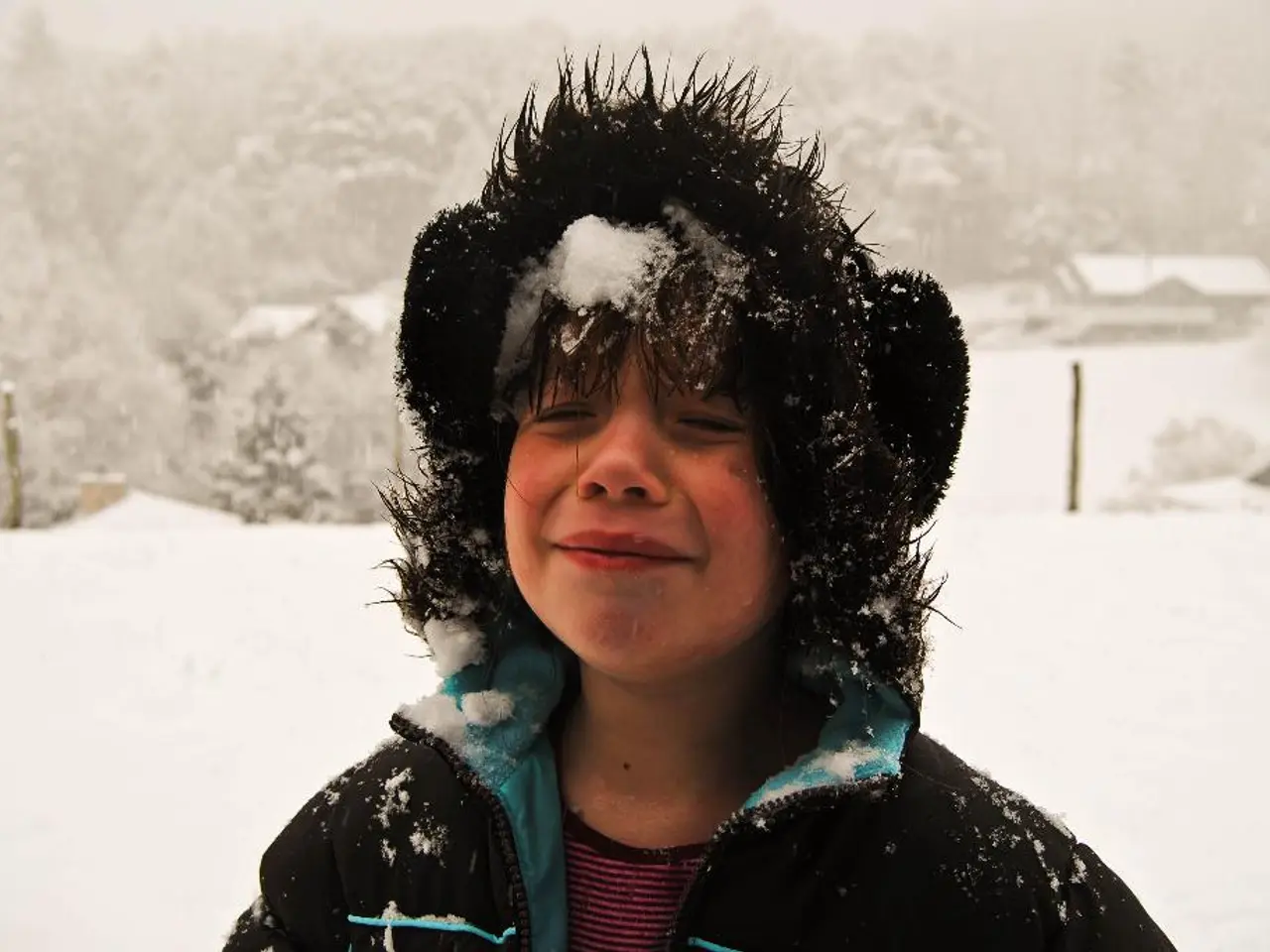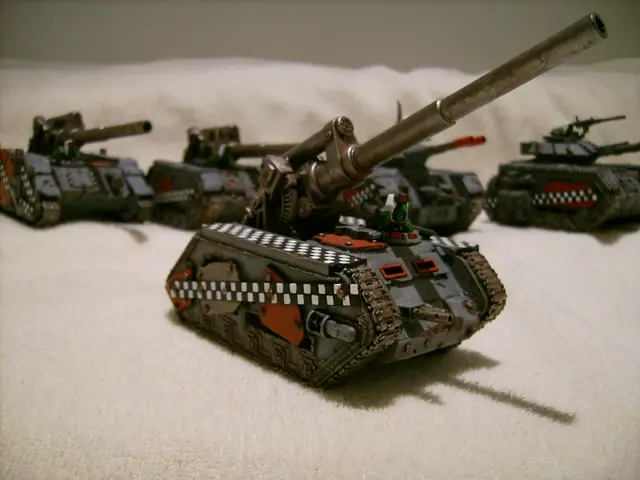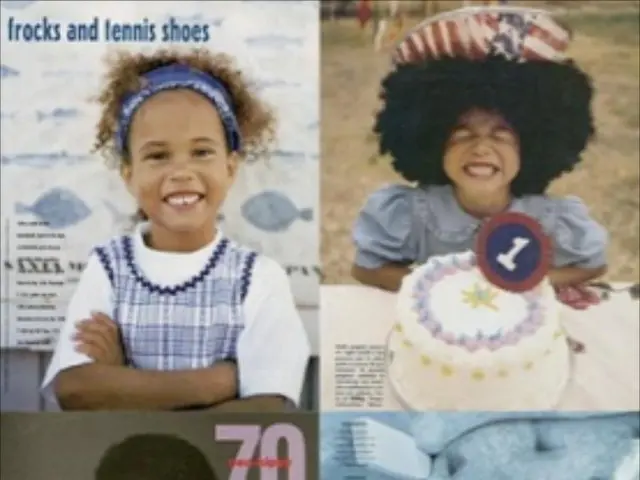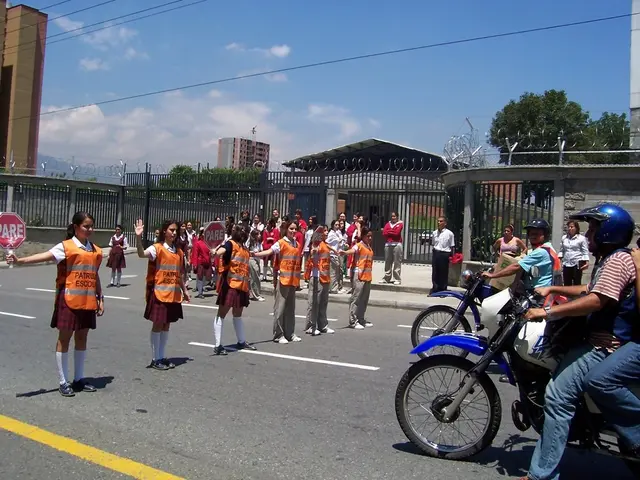Strategies to Ease Anxiety in Kids: A Comprehensive Guide
Anxiety, a common hurdle faced by many kids, can affect their overall health - physical, behavioral, and emotional. But, as parents, it's crucial to have strategies to help 'em tackle these feelings. Here's our lowdown on eight awesome ways to manage children's anxiety in a healthy manner.
First things first - recognizing the signs:
Anxiety can crop up in several ways - physical symptoms like headaches, stomachaches, or faster heartbeats, behavioral changes like avoiding certain situations or being easily ticked off, or emotional signs like excessive worrying, feeling scared more often, or evading their parents. If you spot these early, you can offer the right assistance to help your kid deal with their anxiety.
The science behind childhood anxiety:
It turns out anxiety in kids is a complex thing. It's influenced by both genes and environment. Research shows the brain's amyggdala plays a significant role here. It gets overactive in anxious kids, making them extra sensitive to threats, which can lead to anxiety disorders. Knowing this can help parents understand better.
Effective interventions:
Studies show a mix of treatments works best for kids with anxiety. Cognitive Behavioral Therapy (CBT) is tops for treating anxiety in young ones. It's highly effective. Exposure therapy is also crucial. It helps kids face their fears in a safe setting, making it a great tool for managing separation and social anxiety. Combining CBT and exposure therapy with a supportive home environment can work wonders.
Prepping a comfortable home:
By creating a calm and nurturing home, you offer your kidcomfort and security. Keeping the home tidy and peaceful goes a long way in reducing stress. Establishing daily routines, like regular exercise and shared family activities, also makes life more predictable and emotionally stable.
Open communication is key - let your kid share their fears, and listen when they do. Encouraging positive affirmations around the house can also help focus on the good, reducing anxiety levels.
Deep breathing exercises:
Teaching kids deep breathing can help them deal with anxiety and stress. Deep breathing exercises help kids relax by lowering their heart rate and blood pressure, shifting them from being tense to relaxed. You can make these exercises fun using tools like bubbles, stuffed animals, or crafts. Favorite breath techniques include simple counting exercises, visualizations, or animal-inspired breaths.
Mindfulness and meditation techniques:
Mindfulness and meditation are excellent for kids with anxiety. They help kids control their feelings, feel less stressed, and stay healthy. Studies have found that mindfulness-based stress reduction (MBSR) and mindfulness-based cognitive therapy (MBCT) really help kids feel better. It's essential to use age-appropriate games and activities to keep kids interested in meditation.
The power of physical activity:
Regular physical activity is an excellent remedy for managing anxiety. Exercise lowers stress, improves mood, and enhances overall health. To energize kids to keep moving, set SMART (Specific, Measurable, Achievable, Relevant, Time-bound) goals to help them stay motivated. Regular physical activity isn't just a fun way for kids to let loose but also a solid approach for long-term stress relief.
Building a coping toolkit:
Anxiety can be tough for kids, but they can learn to cope with it. Building a coping skills toolkit is a brilliant idea. A good toolkit might include items like stress balls, fidget toys, coloring books, and calming cards. The goal here is to let kids take charge of their mental health, empowering them and boosting their confidence.
Visual aids and calming cards:
Visual aids and calming cards can help kids manage anxiety by offering clear counsel and reminders. Tools like emotion charts, visual schedules, or calming cue cards help kids deal with their feelings and underst their anxiety better. Kids with autism might benefit even more from these visual aids, as they often struggle with anxiety and find it hard to communicate effectively. It's essential to use a blend of strategies - visual support, stress reduction techniques, and self-help strategies - to help kids with autism feel more calm and in control.
Art therapy to the rescue:
Engaging in creative therapies can be a lifesaver for kids with anxiety. Art therapy activities like drawing or painting can help kids express and process their emotions without words. They also improve self-esteem and build confidence. Music and movement therapies, like dance or playing instruments, release tension and help kids relax. Art therapy is an excellent way for kids to cope with anxiety, offering new avenues for expression and providing valuable stress relief.
The importance of sleep:
Getting enough sleep is vital for kids with anxiety. Setting up bedtime routines, creating a calm sleep environment, and focusing on sleep hygiene are essential steps to help kids manage anxiety. Good sleep habits not only reduce anxiety but also improve emotional health and overall functioning.
Positive self-talk:
Teaching kids to speak to themselves in a positive way helps change anxious thoughts and improve self-esteem. Affirmation techniques can greatly help kids feel better about themselves and handle their worries better. Building resilience involves praising effort and learning from mistakes. This approach helps kids feel mentally stronger and tackle challenges with more confidence and less anxiety.
School-related anxiety:
School anxiety is common among kids and can be caused by worries about grades, social life, and changes after COVID-19. Talking openly with parents, teachers, and counselors can help understand what's bothering the kid and find ways to cope. Helping kids face their fears, like speaking in public or organizational tasks, is also helpful. Focusing on effort and progress, not just being perfect, can ease the pressure and anxiety levels.
Parent-child bonding activities:
Building a strong bond with your child can help manage their anxiety. Activities like cooking, gardening, or outdoor adventures can provide chances for open communication. They create a safe space for kids to share their worries and feel comforted. For kids with Generalized Anxiety Disorder, worry boxes can be helpful. Using visual cues like "butterflies in the belly" can help kids share their feelings and work through their worries. Journaling or doing sensory activities like stress balls or slime can also help kids cope with anxiety.
When to seek help:
Sometimes kids can't manage their anxiety on their own, and it might interfere with their daily life or well-being. If this happens, it's essential to seek professional help. Options for help include therapy, mindfulness classes, CBT, or sometimes medication when necessary. Finding the right therapist is crucial. Look for someone experienced in working with kids and uses techniques backed by science. The earlier a child receives help, the better their chances of recovery.
- Recognizing signs of anxiety in children is crucial for effective intervention, as it may manifest physically, behaviorally, or emotionally, such as through headaches, avoiding situations, excessive worrying, or feeling scared more often.
- For children with anxiety, a combination of treatments like Cognitive Behavioral Therapy (CBT), exposure therapy, and a supportive home environment can work wonders in managing their anxiety.
- Effective parenting strategies include creating a calm and nurturing home, fostering open communication, teaching deep breathing exercises, using visual aids like calming cards, and engaging in family activities that promote learning and self-development.
- Encouraging educational pursuits, such as art therapy, music, and movement therapies, can help increase self-esteem and build confidence in children, providing them with valuable stress relief and new avenues for emotional expression.
- If a child's anxiety significantly interferes with their daily life or health, professional help such as therapy, mindfulness classes, CBT, or medication may be necessary. It's essential to find a therapist with experience in children's mental health and a scientifically-backed approach to treatment.







